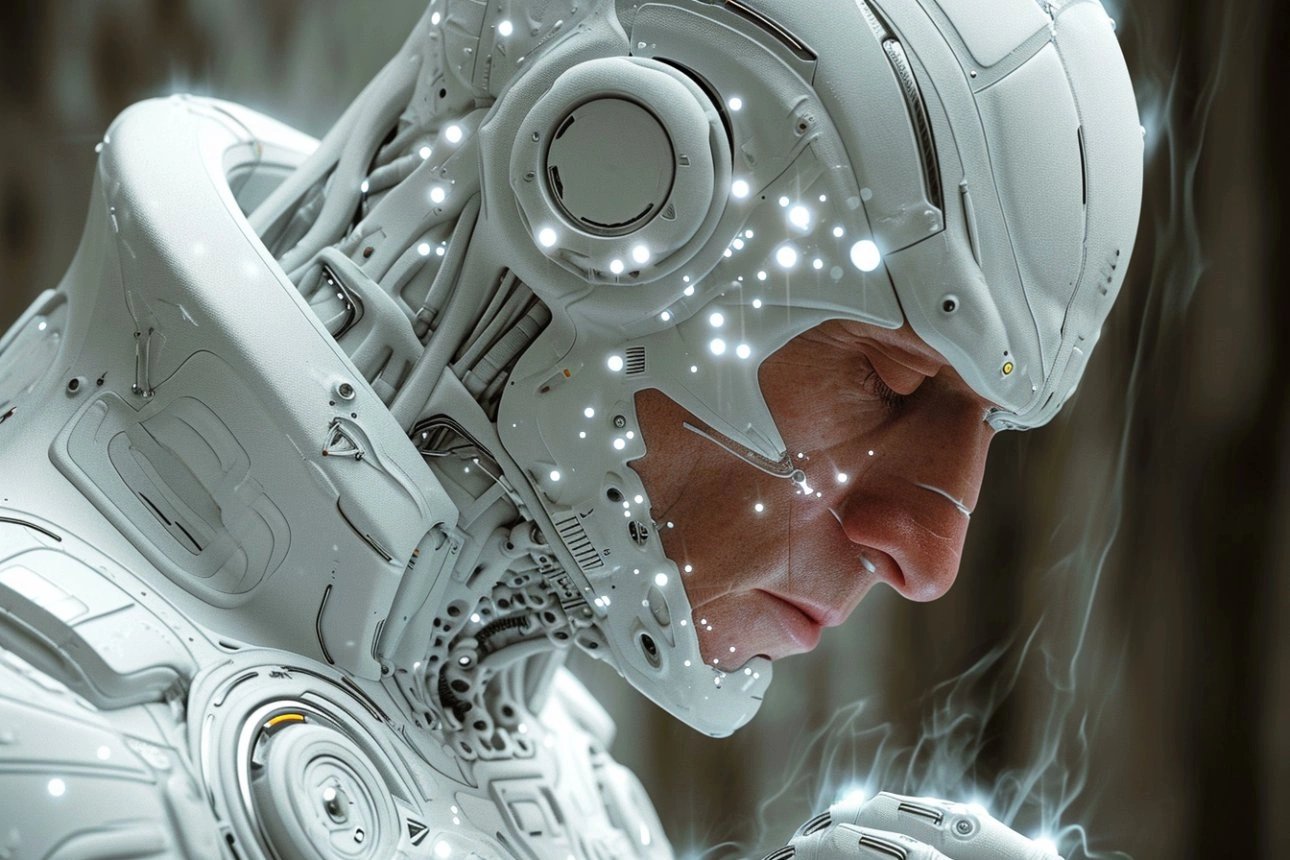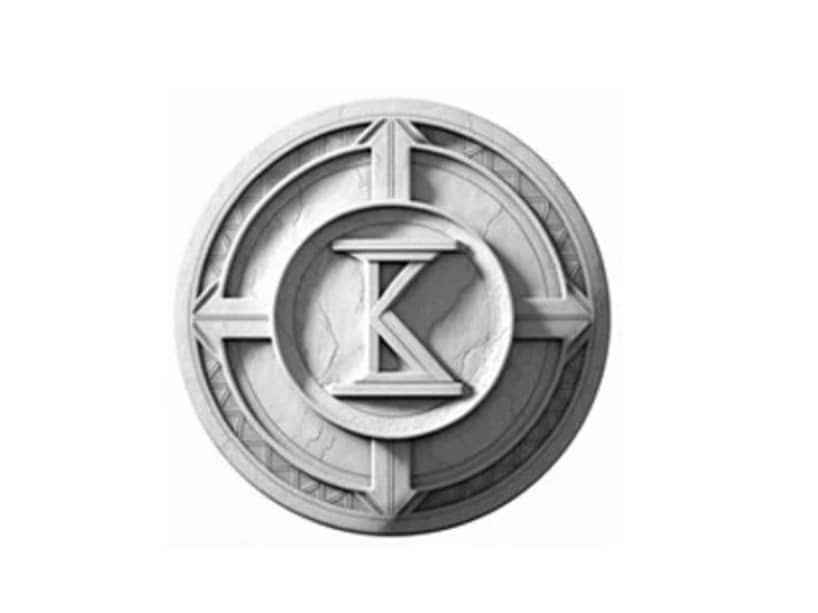Roko Network
로코 네트워크는 네트워크 구성 요소를 통합하여 자기 조직화 인간-기계 네트워크를 구축하는 것을 목표로 하는 딥테크 프로토콜입니다.[1]

개요
로코 네트워크는 인공 지능, 머신 러닝 및 블록체인 기술을 통합하여 자기 조직화 인간-기계 생태계를 구축하는 것을 목표로 하는 분산형 프로토콜입니다. AI 에이전트를 NFT로 거래하고, AI 훈련을 위한 GPU 리소스를 조정하고, 로봇 시스템을 시뮬레이션하는 플랫폼을 통해 AI 및 로봇 공학 개발을 지원하도록 설계되었습니다.
이더리움 기반 ROKO 토큰으로 관리되는 이 네트워크는 안전한 거래를 촉진하고, 참여를 장려하며, 개인 정보 보호를 우선시하는 동시에 인간과 기계 간의 협업을 가능하게 하려고 합니다.[1][2][3]
아키텍처
로코 네트워크의 아키텍처는 AI, 머신 러닝 및 로봇 공학을 지원하도록 설계된 다양한 구성 요소를 통합합니다. 여기에는 거버넌스를 위한 RokoDAO, 지능형 통신을 위한 Roko Ultra, 안전한 거래를 위한 Roko HD Wallet, 동기화된 AI 및 IoT 작업을 위한 정밀 타이밍 프로토콜이 포함됩니다. URDF 편집기와 같은 도구는 로봇 공학 설계를 용이하게 하고, NapthaAI 및 Nevermined는 AI 워크플로우 및 지불 라우팅을 처리합니다.
보안 기능에는 안전한 부팅 프로세스를 위한 Zymbit과 정확한 시간 동기화를 위한 AWS Timebeat가 포함됩니다. 이러한 구성 요소는 AI 및 로봇 공학 기능을 발전시키기 위한 분산형 플랫폼을 구축하는 것을 목표로 합니다.[4]

생태계
RokoDAO
RokoDAO는 로코 네트워크를 관리하는 분산형 자율 조직입니다. 투표를 위해 Snapshot을 사용하여 재무부 거버넌스를 통해 네트워크 자금을 관리하고 사용자 ID 및 지갑을 감독합니다. DAO는 개발자 플랫폼 및 보조금 프로그램을 통해 도구를 제공하여 개발자를 지원하는 것을 목표로 합니다.
RokoDAO는 작업을 동기화하고 보안하며, 컴퓨팅 작업을 확인하고 재무부 기능을 관리하기 위해 정밀 타이밍 프로토콜을 통합하는 역할을 합니다. 또한 신뢰할 수 있는 실행 환경(TEE) 및 분산형 시장을 조정하여 네트워크 내의 투명성, 보안 및 효율성을 유지하는 것을 목표로 합니다.[1][5]
Roko Ultra
Roko Ultra는 로코 네트워크 내에서 사용자 상호 작용을 용이하게 하도록 개발된 대화형 에이전트입니다. DePIN 및 HD 지갑과 같은 서비스를 통합하여 통신 및 기능을 지원합니다. Bittensor 및 EVOLVE 프레임워크를 기반으로 구축되어 네트워크 요청을 위한 잠재적 인터페이스 역할을 합니다.[1][5]
Roko HD Wallet
Roko HD Wallet은 거래를 검증하고 로코 재무부에 대한 시간 앵커를 제공하여 "신뢰의 근원" 검증 및 에지 기반 서명을 통해 보안을 보장하는 것을 목표로 합니다. 분산형 ID(DID) 서비스를 통합하고 네트워크 시간 프로토콜(NTP) 구조를 따를 계획입니다. Roko 정밀 타이밍 프로토콜은 네트워크 계산을 동기화하여 IoT 및 AI 작업에 대한 정확한 시간 신호를 제공하는 동시에 Shamir 비밀 공유 암호화를 통해 보안을 강화하려고 합니다.[1][5]
GPU Orchestrator
GPU Orchestrator는 확장 가능하고 주문형 분산형 GPU 리소스를 제공하여 AI 모델 훈련을 지원하는 것을 목표로 합니다. 데이터 교환을 간소화하기 위해 Naptha API를 통합하고 리소스 할당을 관리하기 위한 사용자 인터페이스를 제공합니다. 이 플랫폼에는 개인 비서 노드인 The EGG도 포함되어 있으며, 타이밍 및 네트워크 지갑 작업과 같은 노드 관리 작업을 감독합니다.[5]
로봇 시뮬레이션 플랫폼
로봇 시뮬레이션 플랫폼은 URDF Builder 및 URDF Simulator 구성 요소를 통해 로봇 시스템의 생성, 시뮬레이션 및 테스트를 용이하게 하도록 설계되었습니다. Builder를 사용하면 사용자가 모양, 구조 및 물리적 특성을 포함한 로봇 모델을 개발하고 검증할 수 있습니다.
Simulator는 제어 및 학습 프로세스를 지원하여 로봇이 환경과 상호 작용하고 강화 및 감독 학습을 통해 기능을 개선할 수 있도록 합니다. 이 플랫폼은 fiat 온램프 메커니즘과 계정 추상화를 통합하여 연구원과 개발자 간의 데이터 공유 및 개발을 장려하는 동시에 액세스를 단순화함으로써 협업을 지원하는 것을 목표로 합니다.[1][5]
Roko Ledger
Roko Ledger는 데이터 무결성, 보안 및 개인 정보 보호를 우선시하는 거래를 관리하는 것을 목표로 하는 로코 네트워크 내의 블록체인 기반 시스템입니다. AI 훈련 프로세스, 시뮬레이션 데이터 및 상호 작용을 분산되고 불변하는 방식으로 기록합니다. 다른 네트워크 구성 요소와 통합되어 AI 모델 훈련과 같은 작업을 조정하고 Roko 정밀 타이밍 프로토콜을 사용하여 동기화되고 안전한 계산을 보장합니다.[5]
CetiAI & NapthaAI
CetiAI 및 NapthaAI는 GPU 임대 및 AI 오케스트레이션을 위해 설계된 플랫폼입니다. CetiAI는 할인된 가격으로 H100 GPU의 주문형 임대를 제공하는 동시에 로코의 기존 GPU 인프라를 활용하는 것을 목표로 합니다. NapthaAI는 LLM 워크플로우 오케스트레이션 엔진을 제공하여 운영자 노드가 AI 워크플로우 및 에이전트 서비스를 통해 작업을 관리하고 조정할 수 있도록 함으로써 로코 네트워크를 지원하려고 합니다.[1][5]
Nevermined & Zymbit
Nevermined 및 Zymbit은 지불 라우팅, 오케스트레이션 관리 및 보안에 중점을 두고 로코 네트워크의 인프라에 기여합니다. Nevermined는 분산형 지불 라우팅 및 AI 에이전트 오케스트레이션 관리를 용이하게 하는 것을 목표로 합니다.
Zymbit은 안전한 부팅 서비스를 제공하여 네트워크 장치 및 노드가 무단 액세스를 방지하고 네트워크 무결성을 유지하기 위해 제대로 초기화되고 인증되도록 합니다.[1][5]
토큰 경제학
로코 네트워크 토큰 ($ROKO)
ROKO는 이더리움 메인넷에 배포된 로코 네트워크의 기본 ERC20 토큰입니다. 네트워크 내에서 거래, 참여 유도 및 분산형 거버넌스를 위해 사용됩니다.[5]

유틸리티
ROKO 토큰은 거래, 스테이킹, 거버넌스 및 네트워크 수익 모델 지원을 포함하여 로코 네트워크 내에서 여러 기능을 수행합니다.
- 거래: GPU 리소스 구매, AI 에이전트를 NFT로 거래 및 로봇 시뮬레이션 플랫폼에 대한 액세스를 용이하게 하는 것을 목표로 합니다.
- 스테이킹: 프리미엄 기능에 액세스하고, DePin 리소스에 대한 담보로 사용하고, 적극적으로 검증된 서비스(AVS)를 지원하는 데 사용될 수 있습니다.
- 거버넌스: 네트워크 업그레이드 및 프로토콜 변경에 대한 투표를 포함하여 의사 결정에 참여할 수 있는 기능을 보유자에게 제공합니다.
- 수익 흐름: 노드 보상, 거래 수수료 및 시뮬레이션 플랫폼에 대한 프리미엄 옵션과 같은 서비스 모델을 통해 커뮤니티 재무부에 기여합니다.[1][5]
